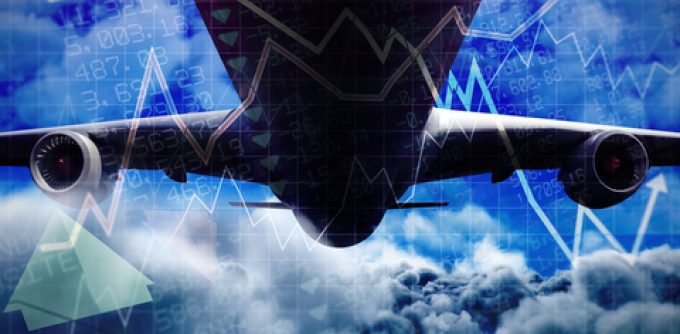Disconnect: time-charters and the freight market
Time to jump off?

The air cargo industry should expect a non-existent, or at best muted, peak season as rates and volumes continue to slide.
September saw rates drop 19% year on year out of Hong Kong to North America, while out of Shanghai they fell 42%, according to the TAC Index.
On Asia to Europe, rates fell 25% from Shanghai and were flat from Hong Kong, but all lanes are still significantly – between 92% and 175% – above pre-Covid levels.
World ACD, meanwhile, reported lower ...
Volcanic disruption at Anchorage could hit transpacific airfreight operations
Macron calls for ‘suspension’ – CMA CGM's $20bn US investment in doubt
Forwarders stay cool as US 'liberation day' tariffs threaten 'global trade war'
Shippers snap up airfreight capacity to US ahead of tariff deadline
De minimis exemption on shipments from China to the US will end in May
Tighter EU import requirements proving 'a challenge' for forwarders
Looming Trump tariffs will create 'a bureaucratic monster' for Customs

Comment on this article